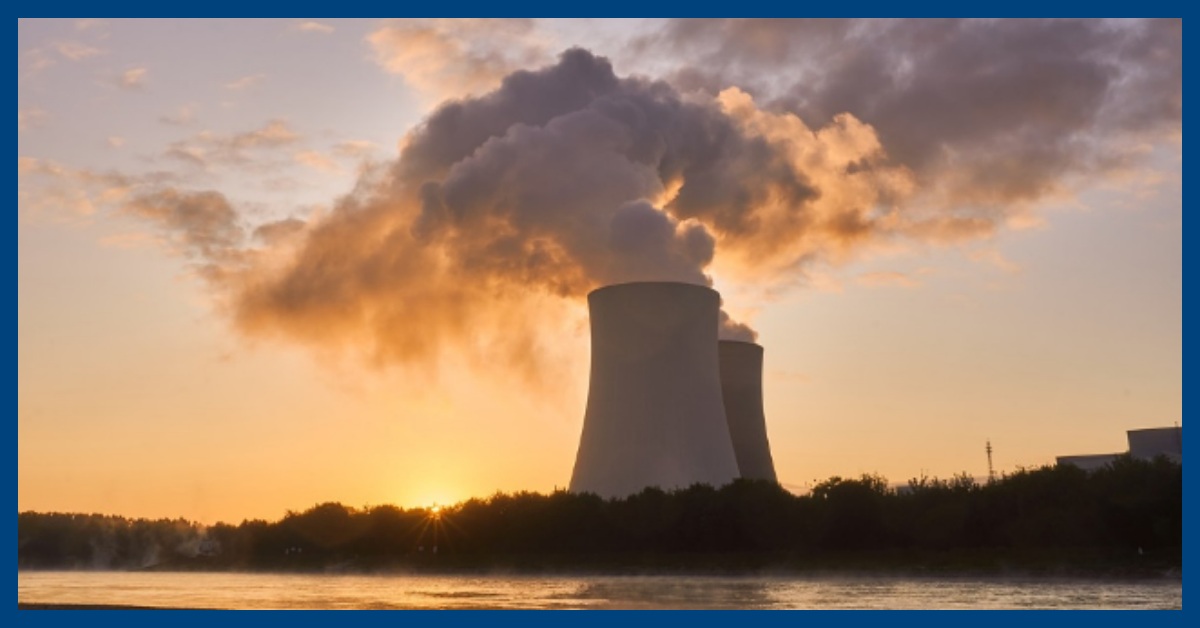The State of Commercial Nuclear Power: A Global Perspective
In an era of increasing concern about climate change and the need for sustainable energy sources, the role of commercial nuclear power has become a topic of intense debate. Supporters argue that nuclear power offers a reliable, low-carbon solution to meet growing energy demands, while critics raise concerns about safety, waste management, and the potential for nuclear proliferation. To understand the current attitudes towards commercial nuclear power, it is crucial to examine various perspectives from around the world.
The French Nuclear Legacy
One country that has long embraced nuclear power is France. With 70% of its electricity coming from nuclear reactors, France stands as a prime example of the potential benefits of nuclear energy. In the 1970s, following the oil crisis, France made a strategic decision to heavily invest in nuclear power to reduce its reliance on fossil fuel imports. Over the next two decades, the country built 52 reactors, creating a robust nuclear infrastructure. However, since the 1990s, France has experienced a slowdown in new reactor construction.
Global Nuclear Power Landscape
Looking beyond France, the global nuclear power landscape reveals a mixed picture. As of 2023, there are 410 commercial nuclear reactors worldwide, with the United States, China, and France leading the way. These reactors meet approximately 10% of global electricity demand and 4% of global energy demand. While many reactors were built in the 1970s and 1980s, few new reactors have come online in recent years.
The Nuclear Renaissance and its Setbacks
The early 2000s saw a resurgence of interest in nuclear power, driven by rising fossil fuel costs and the need to reduce greenhouse gas emissions. Manufacturers touted new, safer technologies, promising a nuclear renaissance. However, the Fukushima disaster in 2011 had a profound impact on the industry. Japan shut down or suspended its reactors, Germany announced a complete phase-out of nuclear power, and other countries canceled new projects. The bankruptcy or reorganization of major vendors further complicated the industry’s trajectory.
China’s Nuclear Power Surge
While many countries scaled back their nuclear power ambitions, China took a different path. Over the past two decades, China has built 52 of its 55 reactors, demonstrating a significant commitment to nuclear energy. This rapid expansion has propelled China to the forefront of the nuclear power industry.
Advantages of Nuclear Power
Despite the challenges and controversies surrounding nuclear power, it offers several advantages that cannot be overlooked. First, nuclear power is extremely energy-dense, meaning it can produce large amounts of electricity in a relatively small space. Second, nuclear reactors provide a reliable source of power, as they can operate continuously for extended periods. Finally, nuclear power is a low-carbon energy source, contributing to efforts to combat climate change.
Safety and Waste Management Concerns
One of the most significant concerns about nuclear power is safety, particularly in light of accidents like Three Mile Island, Chernobyl, and Fukushima. However, advancements in reactor design and safety protocols have significantly reduced the risk of accidents. Additionally, nuclear waste management remains a challenge, but ongoing research and development aim to find sustainable solutions.
The Future of Commercial Nuclear Power
Looking ahead, the future of commercial nuclear power remains uncertain. While some countries, like France, have scaled back their nuclear ambitions, others, such as China, continue to invest heavily in nuclear energy. The development of advanced reactor technologies, such as small modular reactors and fourth-generation designs, may offer new possibilities for the industry. However, public perception, regulatory frameworks, and economic considerations will play significant roles in shaping the future of nuclear power.
The world’s attitudes towards commercial nuclear power are complex and varied. France’s nuclear legacy showcases the potential benefits of nuclear energy, while global trends indicate a slowdown in new reactor construction. The Fukushima disaster and subsequent setbacks have raised concerns about safety and waste management, but advancements in technology offer potential solutions. As countries grapple with the need for clean, reliable energy, the future of commercial nuclear power will continue to be a topic of discussion and debate.
Learn more about the costs and growing capabilities of nuclear reactors here.



